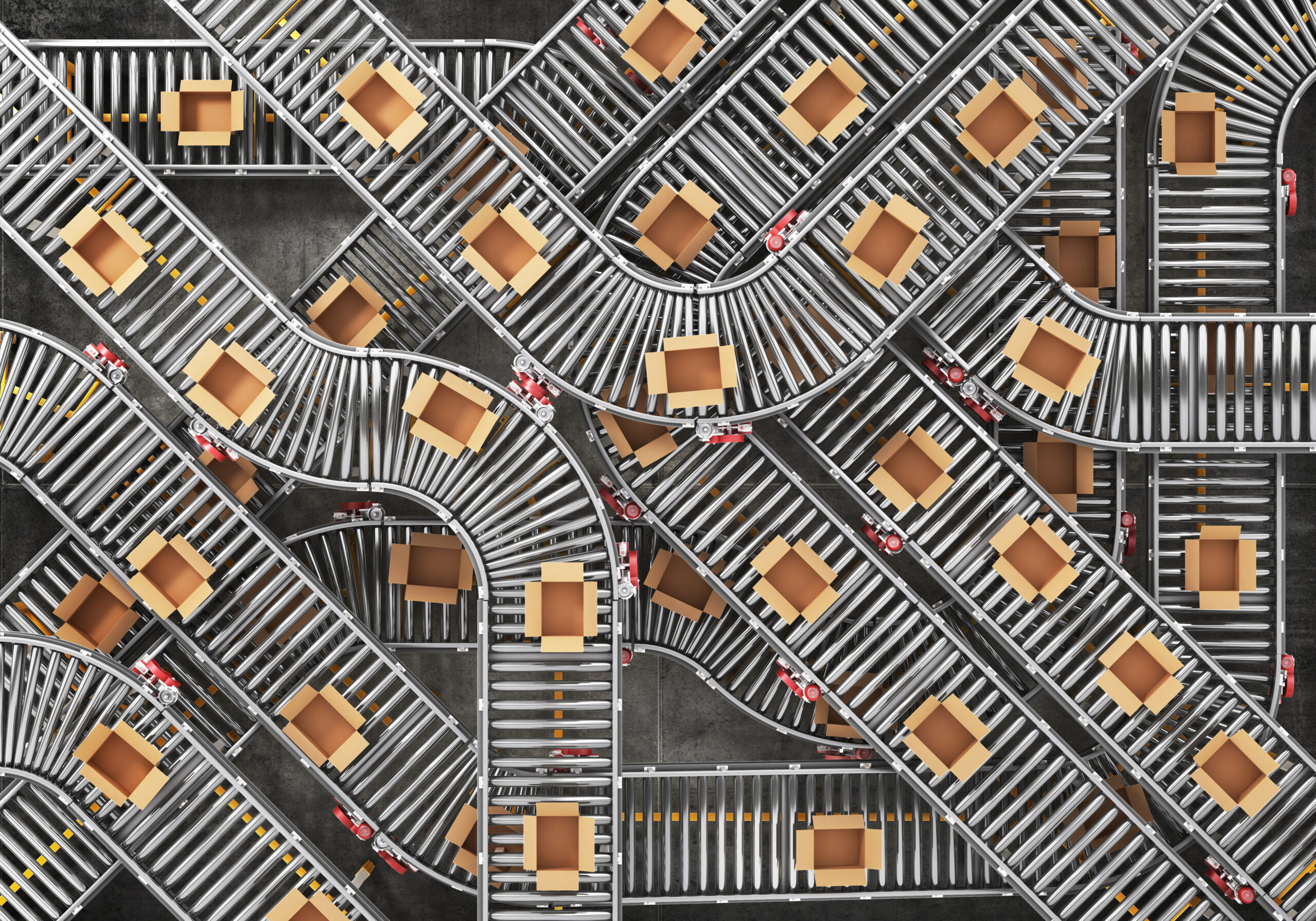
Automated warehouse conveyor systems are becoming increasingly popular among warehouse owners and operators, as they offer a range of advantages that can help to protect and enhance a company’s operations. These systems can automate many manual processes in moving goods throughout a warehouse, making the process more efficient, reliable, and cost-effective.
So, what can automated conveyors bring to warehouse success?
Core advantages of conveyors
One of the main advantages of automated warehouse conveyor systems is that they can significantly increase the speed and efficiency of warehouse operations. With manual processes, goods must be moved from one location to another by hand, which can be time-consuming and labor-intensive.
Automated conveyor systems, on the other hand, move goods quickly and efficiently. Engineered systems reduce the time and labor required to move goods through your warehouse and to packing stations. This can help to increase productivity and reduce labor costs, which can lead to significant savings for the company. You may leverage automated pickers as well to increase efficiency further and reduce the strain on your people.
Another advantage of automated warehouse conveyor systems is that they can improve the accuracy and reliability of the warehouse operation. With manual processes, it is easy for errors to occur, such as goods being misplaced or mislabeled. Pair automated conveyor systems with scanners during transit and scanners at packing stations. This ensures that goods are tracked and moved accurately, reducing the risk of errors and improving the overall accuracy of the warehouse operation.
Automated warehouse conveyor systems can also help to protect a company’s operations by reducing the risk of injury and accidents. Manual processes, such as manual lifting and moving of heavy goods, can be physically demanding and can put workers at risk of injury. On the other hand, automated conveyor systems can reduce the need for manual labor and can help to reduce the risk of injury and accidents.
As conveyors start performing those tasks for you, they also serve as a check against error — removing the rate of human errors and the potential for human error. The more manually intensive a process is, the greater the likelihood of an issue. The average warehouse error rate is between 1% and 3%. You can quickly get below the 1% mark by combining conveyors with standard best practices for picking and verification. You get a faster operation that is less likely to increase your fulfillment and return logistics costs.
Don’t neglect data and customization
In addition to these advantages, automated warehouse conveyor systems can also be customized and configured to meet the specific needs of a company’s warehouse operation. They can be designed to handle a wide range of goods, though most excel with lightweight items. Conveyors are a smart tool to help you implement advanced techniques such as batch and wave picking — advanced techniques directly linked to improving fulfillment speed and inventory management.
Automated warehouse conveyor systems also provide real-time tracking capabilities. These enable warehouse operators to monitor the movement of goods throughout the warehouse in real-time. You can verify inventory levels, look at goods and material utilization, and spot errors as they occur. This practice also helps you determine operational bottlenecks or identify potential issues, such as equipment breakdowns or delays.
The data and customization features of conveyors, and of robotics more generally, can help your team resolve issues quickly and keep operations running smoothly.
Opportunities exist but need a personal touch
Automated warehouse conveyor systems offer a range of advantages for warehouse owners and operators, including increased speed and efficiency, improved accuracy and reliability, reduced risk of injury and accidents, and customizable configurations that can meet the specific needs of a company’s warehouse operation. These systems can help to protect and enhance a company’s operations, leading to significant savings and increased productivity.
With the current state of warehouse tech, it’s the right time to consider investing in an automated conveyor system to optimize warehouse operations and improve your bottom line.
By: Jake Rheude


















